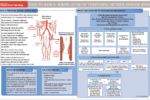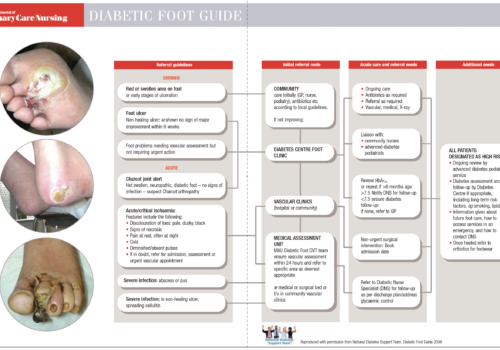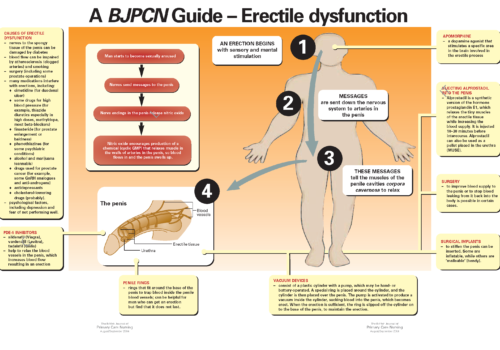Peripheral arterial disease (PAD) is emerging as being particularly important in terms of cardiovascular risk but its importance as a clear marker for serious underlying vascular disease goes largely unrecognised, with PAD being the only cardiovascular disease not included in the Quality and Outcomes Framework. PAD is often detected late, because patients tend to think that pain in their legs is simply a part of ageing. In this article, we discuss how to recognise and treat people with, or at risk of, PAD using both pharmacological and non-pharmacological interventions. We will also consider when referral to secondary care is appropriate.























